Some answers lie deep beneath the ice, waiting to be discovered.
Performing environmental chemistry research has taken me to the most remote places on Earth. In my doctoral studies, I was fortunate enough to handle samples from the South Pole and to perform my own research in Greenland, and later in Antarctica for my post-doctoral studies. What were we searching for, that took us to the middle of nowhere?
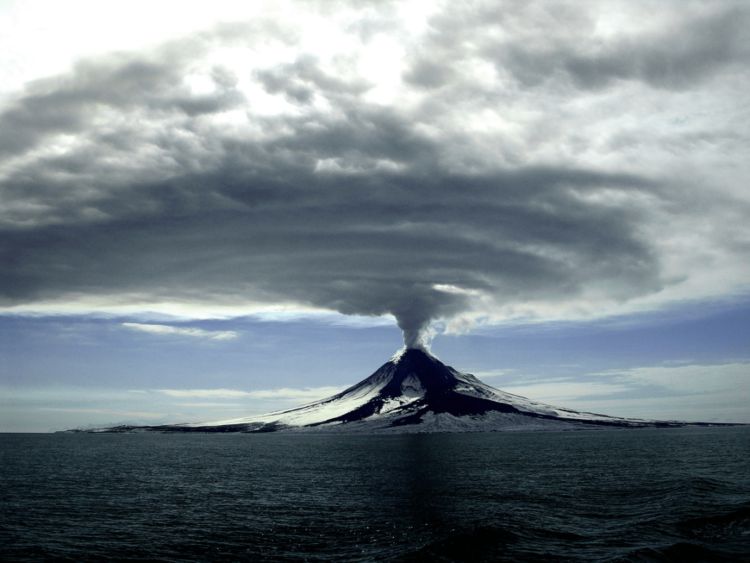
Volcanic eruptions are pretty unpredictable. Among the more active and aesthetic volcanoes with lava flows are Mount Etna in Catania (Italy), Kilauea on the large island of Hawaii (USA), and more recently Mount Fagradalsfjall in Iceland. When smaller events occur, people travel from all over to view this natural wonder. However, not all eruptions are equal…

Depending on a number of factors including the height of the eruption plume and the composition of the emissions, volcanic events can have quite a significant effect on the global climate. The Volcanic Explosivity Index (VEI) is a logarithmic scale used to measure the explosivity value of volcanic eruptions and categorize them from 0 (effusive) to 8 (mega-colossal). The largest of these events in the past century was the 1991 Pinatubo eruption in the Philippines (VEI 6, colossal). The cloud column reached high into the stratosphere, ejecting huge amounts of aerosols and gases, including sulfur dioxide (SO2) that scatter and absorb sunlight. This led to a measured global cooling effect for nearly two years after the eruption ended. Images of cloudless days at noon during this time showed a flat white hazy sky, indicative of the scattering effect of high-altitude sulfur aerosols.
Other large volcanic eruptions have led to periods of famine as well as enlightenment. It is said that the fantastic skies resulting from Krakatoa in 1883 (VEI 6, colossal) inspired Edvard Munch to paint his well-known masterpiece The Scream. If you’re familiar with Frankenstein, you can thank Mary Shelley for writing it during the wintry «year without a summer» in 1816, a result of the eruption of Mount Tambora (VEI 7, super-colossal).
Solving a mystery at the ends of the Earth
This cold period has been studied at length by several research groups and methodologies. In fact, the preceding decade had been found to be abnormally cool, however no record of another volcanic eruption was immediately apparent. Ultimately, it was pristine ice that held the clue that solved this mystery, and many others.
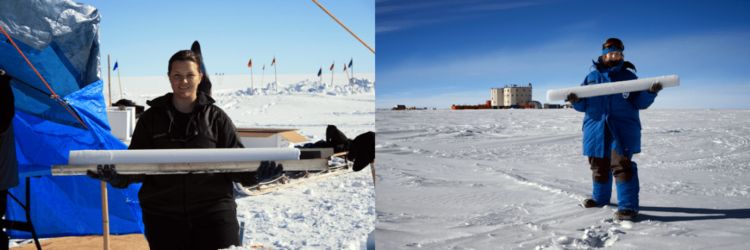
The sulfur dioxide emitted during volcanic eruptions is oxidized to sulfuric acid aerosols in the atmosphere, and depending on the height they reach, they can reside for days or even up to years. The deposition of volcanic sulfate on the polar ice sheets of Antarctica and Greenland preserves a record of eruptions via the continuous accumulation of snow in these areas. Therefore, records of volcanic activity can be found in polar ice cores by measuring the amount of sulfate. A fantastic way to determine sulfate, along with other a suite of major anions and cations in aqueous samples even at trace levels is with ion chromatography (IC).
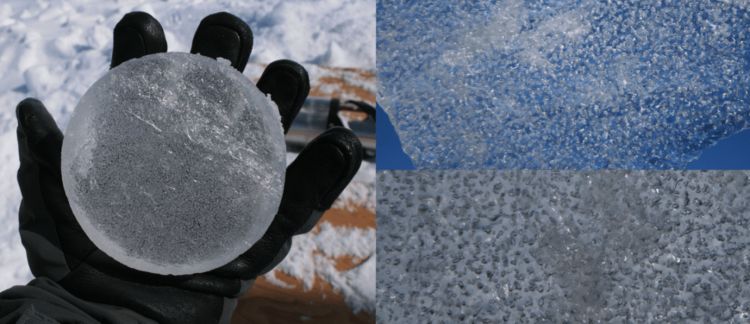
Of course, gases can also be measured as they are trapped in the spaces between snowflakes, which are then compacted into firn and subsequently locked into the ice sheet. However, the time resolution for this is not fine enough for such volcanic measurements, nor is the volume of gas large enough to make an accurate estimate of the volcanic origin.

Drilling ice cores for ion analysis is not a simple business. The logistics are staggering – getting both the field equipment and properly trained personnel to the middle of the ice sheet takes a sophisticated transportation network and cannot follow a strict schedule because Mother Nature plays by her own rules.
A complete medical checkup is necessary from top to bottom, as medical facilities can be rudimentary at best. This includes bloodwork, heart monitoring, full dental x-rays, and more (depending on your age and gender). It can take several days to evacuate a hurt or sick person to a proper hospital and therefore being in good health with an up-to-date medical record is part of being prepared for this type of remote work.
Equipment must be shipped to the site weeks or months in advance, often left at the mercy of the elements before being assembled again. Hopefully, everything works. If not, you must be very resourceful because there are no regular shipments and replacement parts are difficult to come by.
Ice cores obtained from polar areas and other remote places have been used for decades to analyze and reconstruct past events. Many considerations must be made regarding where to drill, how deep to go, and so on. The geographic location is of critical importance for several reasons including avoiding contamination from anthropogenic emissions, but also for its annual snowfall accumulation rate, proximity to volcanoes and even to other living beings (like penguin colonies, in the Antarctic).
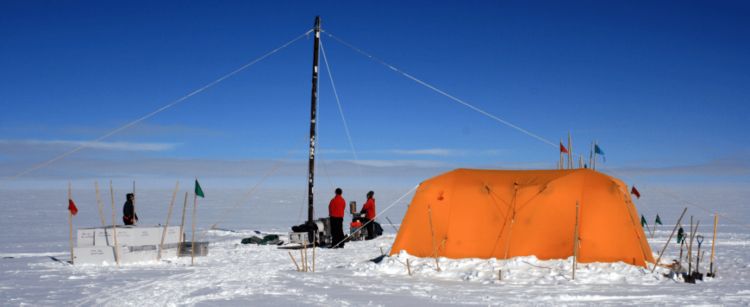
A fine resolution record of sulfate from ice cores drilled in Greenland and Antarctica has led to the discovery of previously unknown volcanic events. Ion chromatography with a dual channel system allows the simultaneous measurement of cations and anions from the same sample. When dealing with such critical samples and small volumes, this is a huge benefit for complete record keeping purposes. With the addition of automatic sample preparation like Metrohm Inline Ultrafiltration or Inline Dilution, human error is eliminated with a robust, time-saving analysis method.
Learn more about Metrohm Inline Sample Preparation (MISP) here.
Metrohm Inline Sample Preparation (MISP)
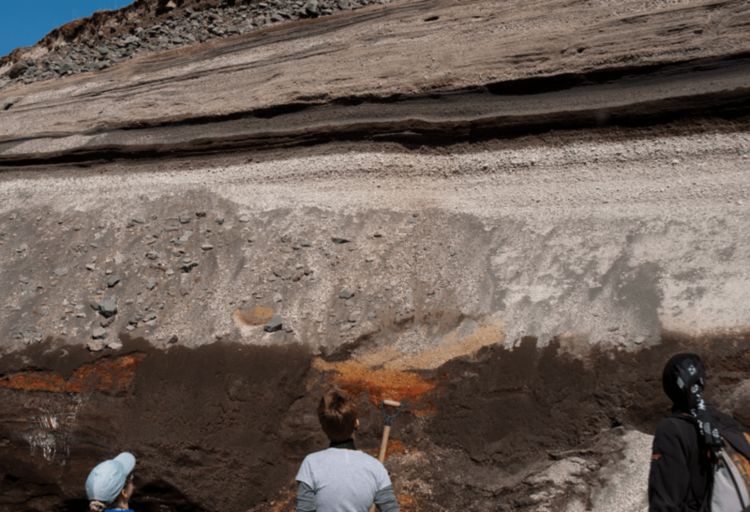
Over the past two decades, the time resolution for data from ice core analysis has increased significantly. Conductivity used to be the measurement of choice to determine large volcanic events in ice cores, as it is difficult to see (unaided) the deposits of tephra from many eruptions, contrary to what you may think. The conductivity of sulfuric acid is higher than that of water, but conductivity is a sum parameter and does not disclose exactly what components are in the sample.
Even when IC began to build traction in this space, the sample sizes did not allow researchers to determine monthly variations, but yearly approximations. This meant that any smaller sulfate peaks could have been overlooked. Researchers have tried to overcome this by matching records from ice cores around the globe to estimate the size, origin, and climatic impact of past volcanoes. Unfortunately, when the drill site is located close to active volcanism (as is the case with Greenland, downwind from Iceland), even smaller eruptions can seem to have an oversized effect.
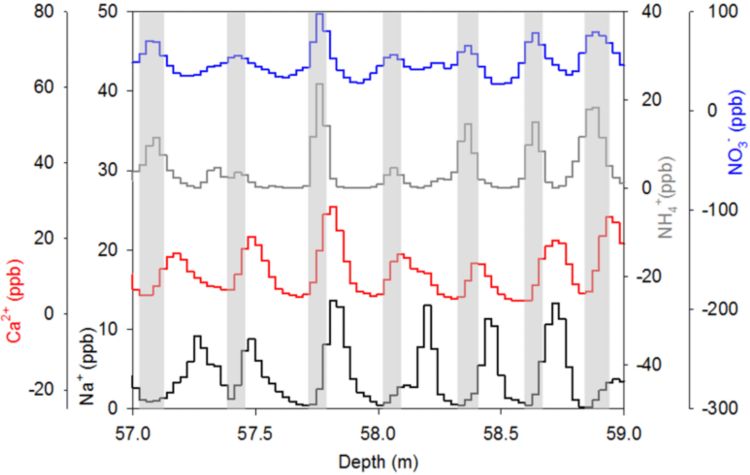
The enhanced time resolution now possible with more sophisticated sample preparation (i.e., continuous flow setups for sample melting without contamination) for small volume IC injection allows for more accurate dating of volcanic eruptions without other apparent historical records.
Depending on the annual snowfall at the drill site and the depth of the core drilled, it can be possible to determine which month in a given year the deposition of sulfate from a volcanic eruption occurred.
This information, combined with other data (e.g., deposition length) helps pinpoint the circulation of the eruption plume and estimate the global impact. Aside from this, other data can be gained by measuring the isotopic composition of the deposited sulfate to determine the height of the eruption cloud (a more accurate method to confirm stratospheric eruptions), but that is beyond the scope of this article.
Using ion chromatography, it is possible even in the field to accurately determine the depth where specific volcanic events of interest lie in the ice. Then several ice cores can be drilled in the same location to procure a larger volume of ice to perform more detailed analyses.
Learn more about the robustness of Metrohm ion chromatography here!
To solve this particular mystery, it was the combination of matching the same sulfate peak measured via IC in ice cores from both polar regions along with confirming the stratospheric nature of the eruption that led to the discovery of a previously unrecorded volcanic event in the tropics around the year 1809 C.E.
Cold period was extended by a second volcanic eruption
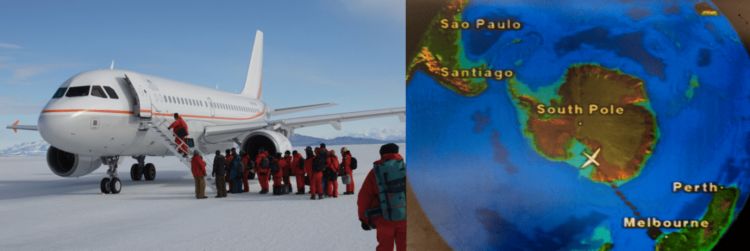
In fact, the stratospheric Tambora eruption in 1815 was already preceded by another huge climate-impacting event in the tropics just a few years before. This combination led to one of the coldest periods in the past 500 years. The data obtained by IC measurements of ice cores was instrumental in this discovery, and many more in the past few years.
High impact data
Other new volcanic eruptions have been discovered in the ice core record as the analytical technology improves. Their eruption dates can also be more accurately determined, helping to explain which of them had a climatic impact or not. This information helps to improve the accuracy of climate models, as the high altitude sulfate aerosols resulting from large eruptions reflect the sun and cause long periods of global cooling. It is for this reason that some groups have proposed a form of geoengineering where controlled amounts of sulfur gases are injected high into the atmosphere to mimic the effects of a stratospheric eruption.
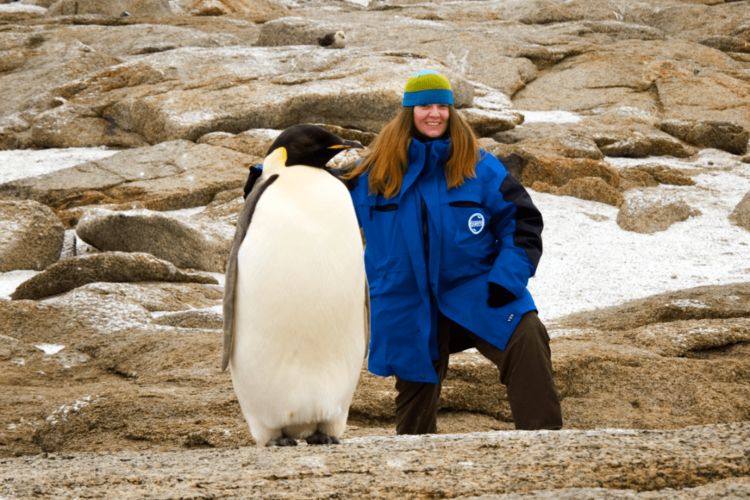
Conclusion
I hope that this brief summary of a niche of environmental research with ion chromatography has piqued your interest! Maybe the inspiration of knowing that such roles exist will push other young scientists to pursue a similar career path. Chemistry education does not always have to happen indoors!
 Share via email
Share via email
